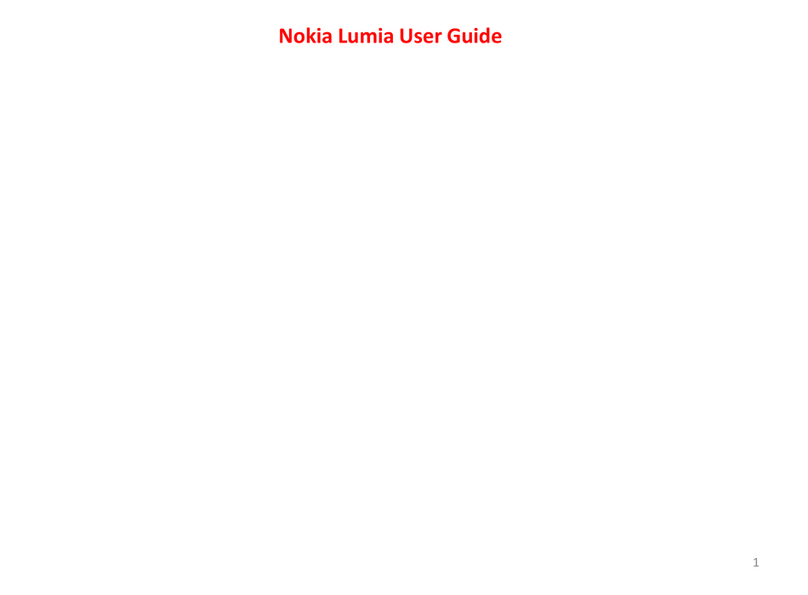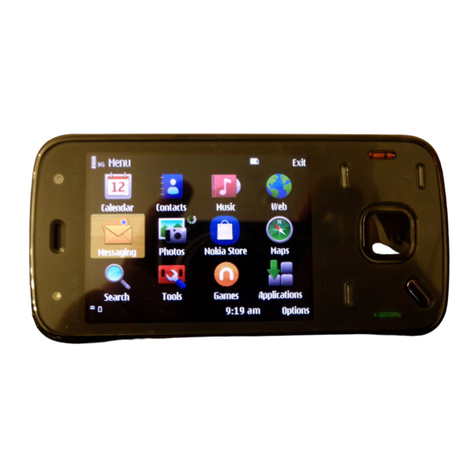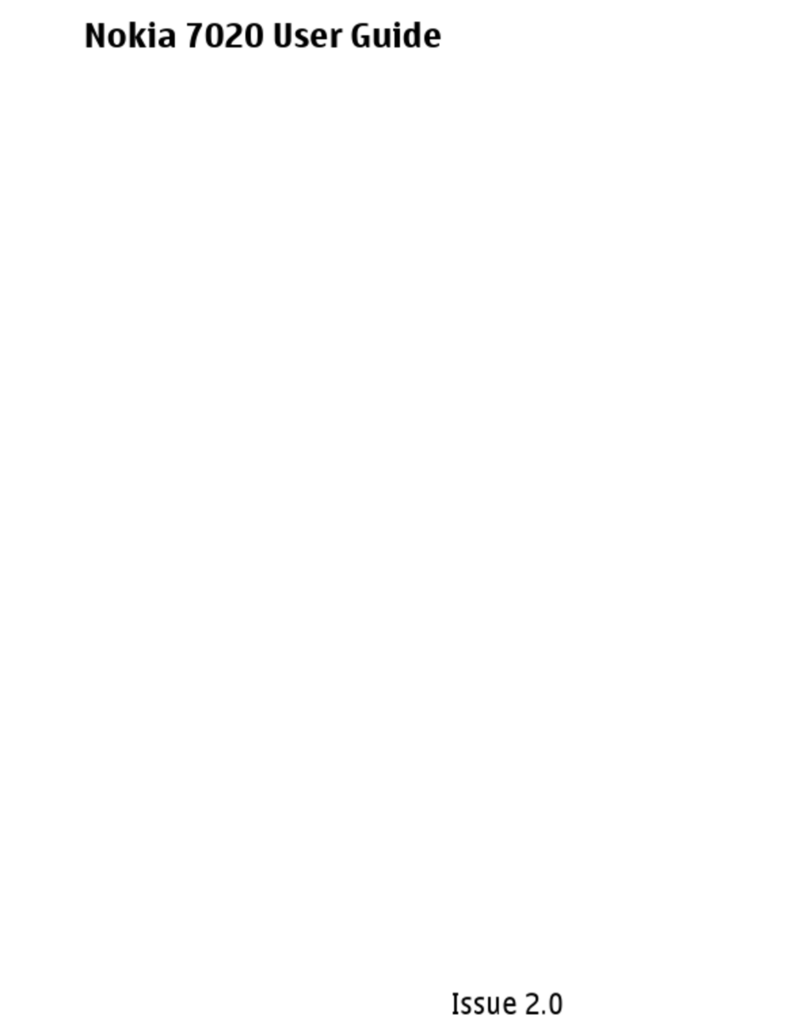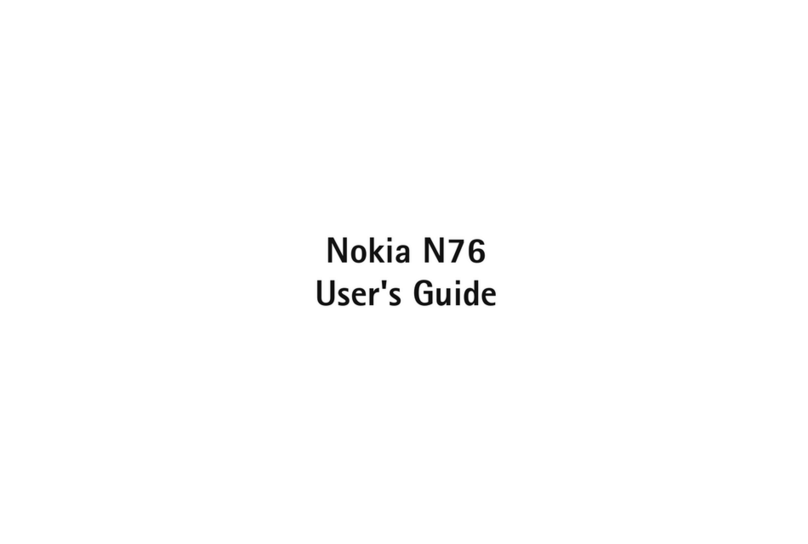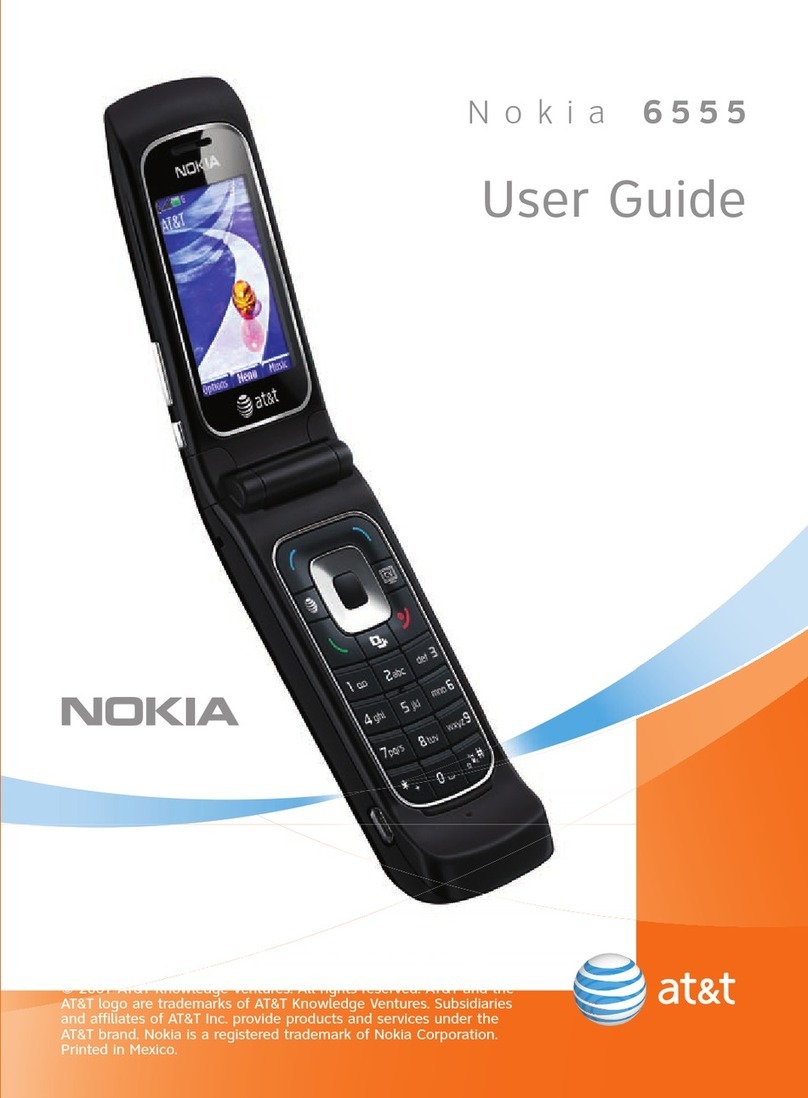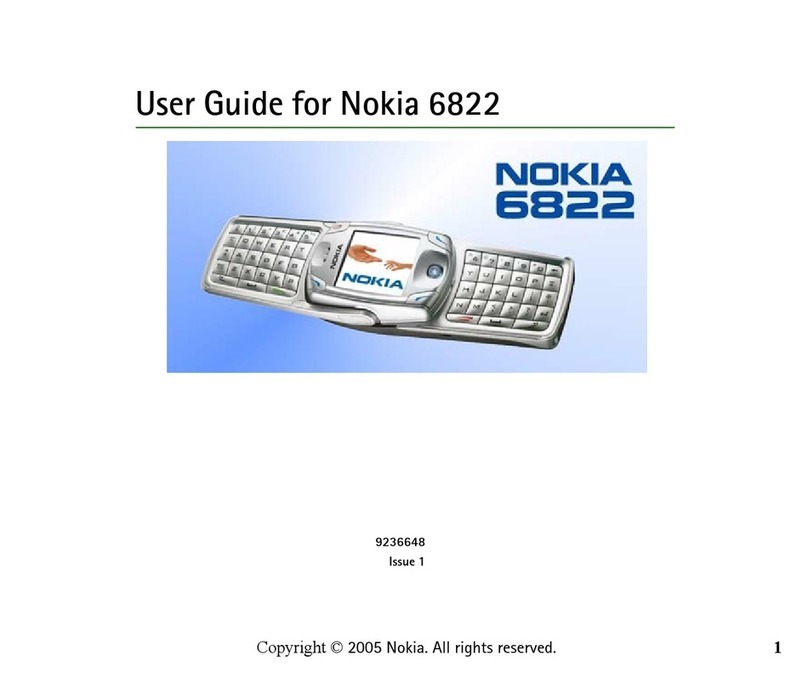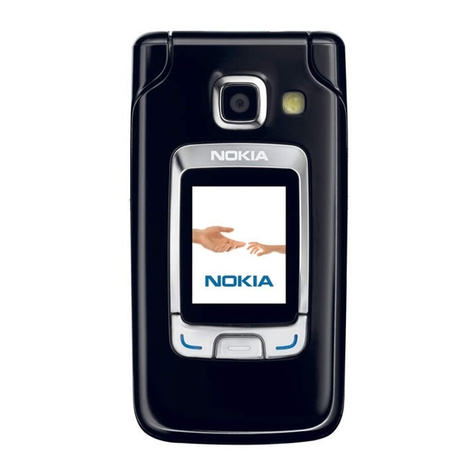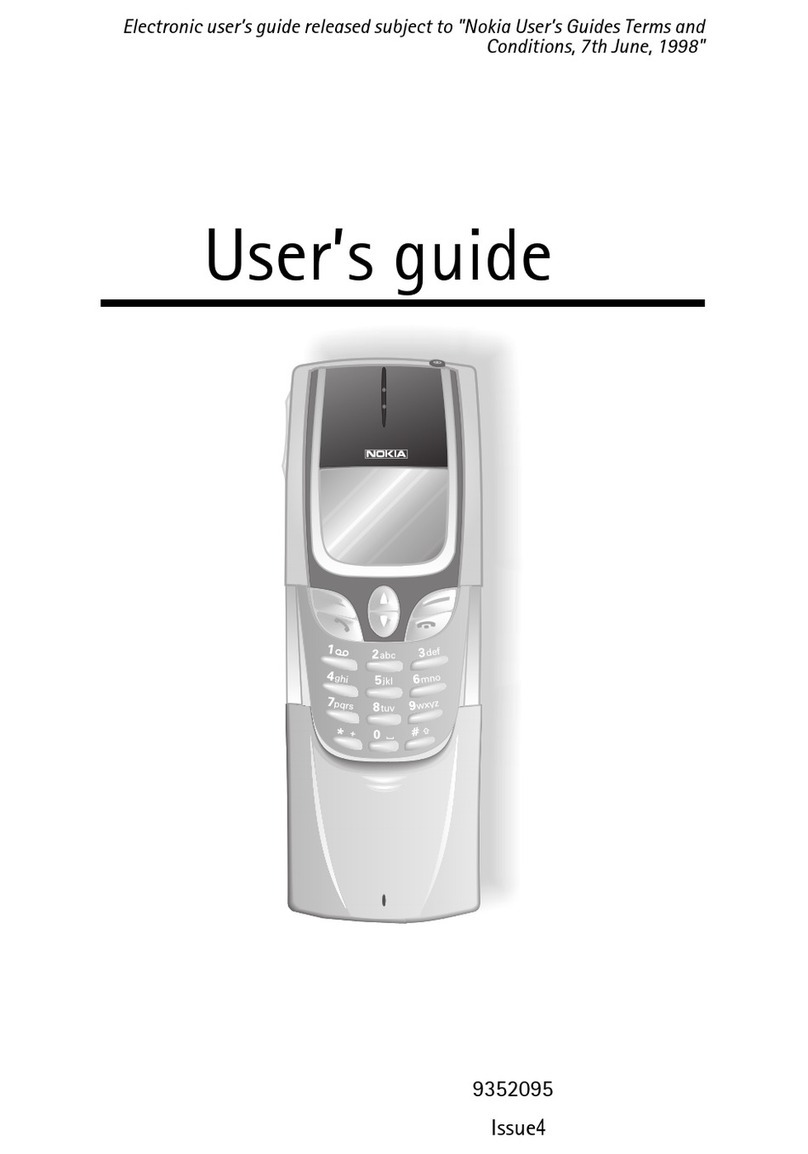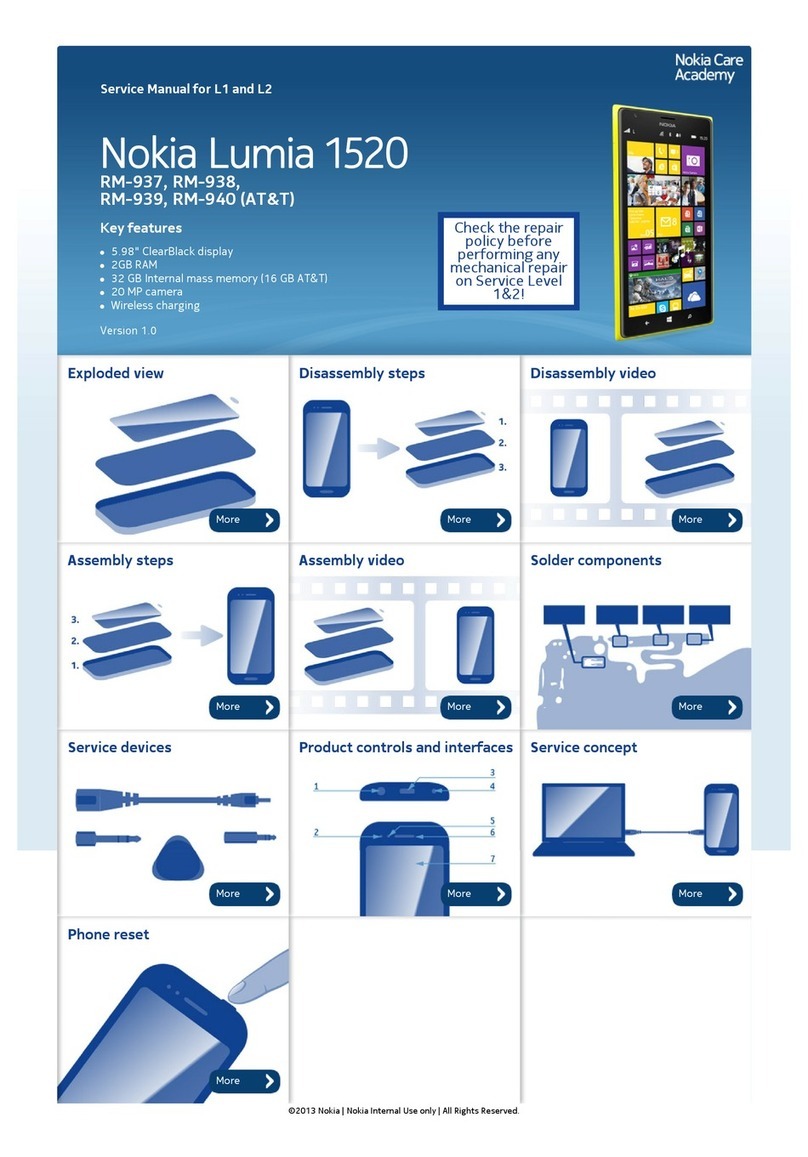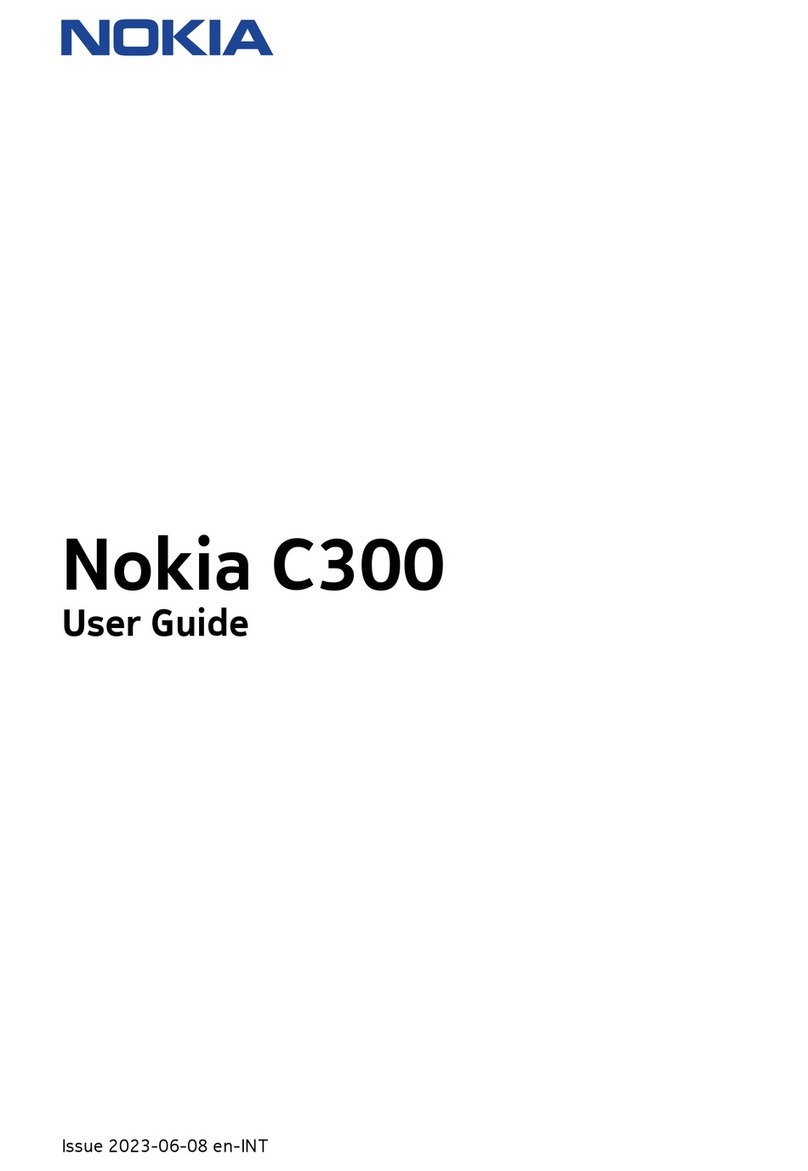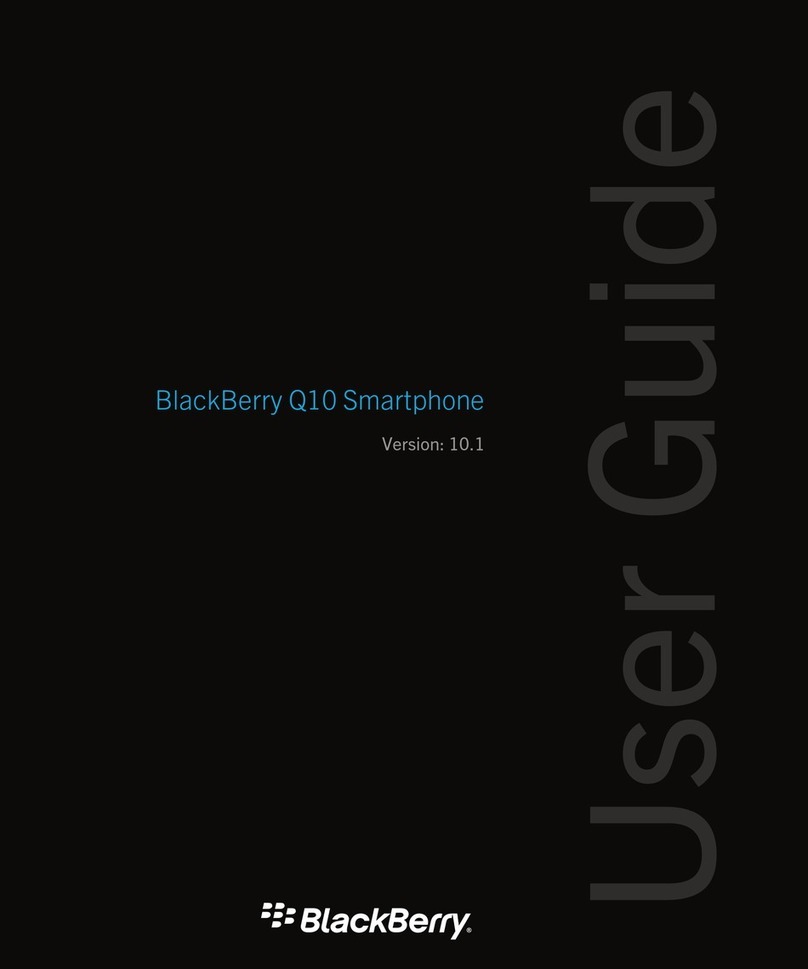
NPL-4/5/RM-104 Companyconfidential
Troubleshooting Instructions Nokia Customer Care
Page 4 Copyright © 2005 Nokia Corporation. All rights reserved. Issue 2 05/05
GMSK ..................................................................................................................... 42
EDGE...................................................................................................................... 43
Fault finding chart for GSM1900 transmitter ......................................................... 44
GMSK ..................................................................................................................... 45
EDGE...................................................................................................................... 46
Synthesizer................................................................................................................... 47
Check synthesizer operation ......................................................................................47
Reference oscillator 26 MHz (VCTCXO) .................................................................48
Voltage Controlled Oscillator (VCO) ........................................................................49
Fault finding chart for PLL synthesizer .....................................................................50
Pictures of synthesizer signals ...................................................................................51
Frequency tables ........................................................................................................53
GSM850.................................................................................................................. 53
GSM900 (including EGSM900) ............................................................................. 54
GSM1800................................................................................................................ 55
GSM1900................................................................................................................ 57
DC Supply Current Check ........................................................................................... 59
Baseband Troubleshooting........................................................................................... 60
BB measurement points .............................................................................................60
Troubleshooting diagrams .........................................................................................62
Phone is dead. ............................................................................................................63
Phone is jammed 1 .....................................................................................................64
Phone is jammed 2 .....................................................................................................65
Flash faults 1 ..............................................................................................................66
Flash faults 2 ..............................................................................................................67
SIM card faults ..........................................................................................................68
Charger faults .............................................................................................................69
Display faults 1 ..........................................................................................................70
Display faults 2 ..........................................................................................................71
Audio fault1 ...............................................................................................................72
Audio fault 2 ..............................................................................................................73
Audio fault 3 ..............................................................................................................74
Keyboard faults 1 .......................................................................................................75
Keyboard faults 2 .......................................................................................................76
Keyboard faults 3 .......................................................................................................77
Keyboard faults 4 .......................................................................................................78
Keyboard faults 5 .......................................................................................................79
Accessory faults1 .......................................................................................................80
Accessory faults 2 ......................................................................................................82
Flashlight faults .........................................................................................................84
Self tests .....................................................................................................................85
FCI troubleshooting ...................................................................................................86
IHF troubleshooting ...................................................................................................88
Compass Troubleshooting............................................................................................ 89
Calibration 1 ..............................................................................................................90
Calibration 2 ..............................................................................................................91
Sensor problems 1 ......................................................................................................92
Start calibration ..........................................................................................................93
